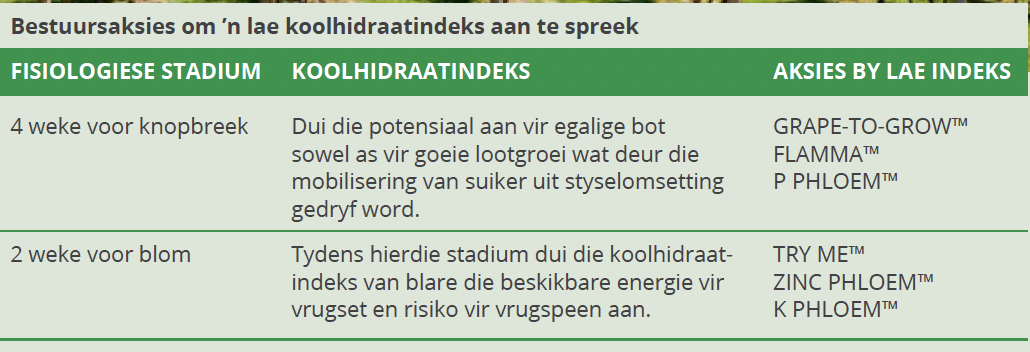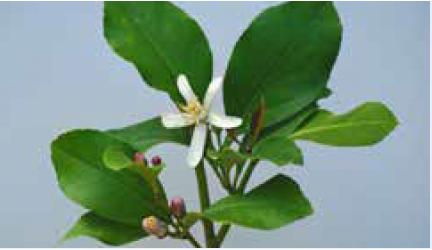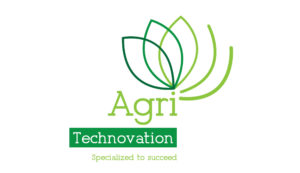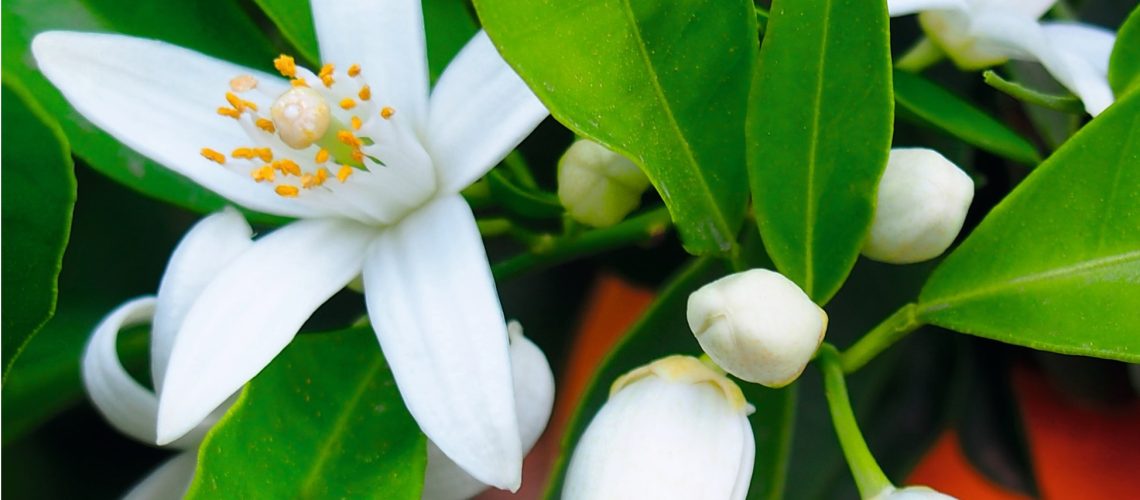The critical role of TRY ME™ during fruit production
By Rochelle Thuynsma, Head of Products: Technical
Introduction
In fruit crops, flowering time and intensity depend on the species, tree age and the prevailing climatic conditions.(1) Flower induction is the first phase of floral meristem growth and determines final flower intensity and ultimately, fruit set and yield. Flower set can only be influenced with inputs before commitment to flowering, characterised by the outermost sepal formation.(2)

Elevated ethylene levels may be caused by the effects of abiotic stress and thus, any stress experienced during floral development and fruit set may cause early abscission of flowers and fruit.(1) The presence of fruits will also inhibit sprouting and flower induction from nearby axillary buds in the current season.(2) This may result in low flowering intensity the following season, thus giving rise to alternate bearing.
TRY ME™ mode of action
TRY ME™ can aid in suppressing the adverse effects of ethylene, thereby preventing early floral abscission while supporting floral sink strength, ensuring carbohydrates and nutrients are transported to the developing floral bud (Figure 1).

Various bioactive components in TRY ME™ also help to alleviate the effects of abscisic acid-induced stress, promoting floral retention by upregulating tree polyamine production. Not only do polyamines play a key role in flower development, but also in the response of trees to adverse environmental conditions. Polyamines enhance tree tolerance to several stress conditions and act by stabilising membranes and cellular structures, scavenging free radicals, modulating ion channels, maintaining the cation-anion balance and energising cells via stimulation of ATP4 synthesis.
TRY ME™ also supports the tree’s production of amino acids (Figure 1). Amino acids are key nitrogen-containing precursors to various phytohormones, are involved in flower initiation and development and are consumed in large amounts from flower initiation to fruit set.
This leads to a shortage of amino acid precursors and phytohormone levels going into fruit set, resulting in reduced levels of cytokinin required for cell division and enlargement. TRY ME™ supports amino acid synthesis, specifically arginine, a precursor to cytokinin, ensuring high levels of cytokinin at fruit set and cell division.
The application of TRY ME™ is recommended based on ITEST Soil™, ITEST Leaf™ and ITEST CARBOHYDRATE™ analyses. Application guidelines include application during key phenological stages to enhance flower and fruit set (Figure 1). The first application of TRY ME™ is recommended at bud determinacy, before flower initiation, to ensure that enough buds commit to flowering.
A second application is recommended at balloon stage to prevent early abscission of flowers and a third at fruit set, to prevent early abscission of fruitlets and to support cell division.

Figure 1: Citrus fruit development as a model for TRY ME™ mode of action.
TRY ME™ Fertiliser Group 1, Reg. no. K9552, Act 36 of 1947.
References:
- Agusti, M., Reig, C., Martinez-Fuentes, A., Mesejo, C. (2022), Advances in Citrus Flowering: A Review. Frontiers in Plant Science Vol 13: 868831.
- Garmendia, A., Beltrán, R., Zornoza, C., García-Breijo, FJ., Reig, J., Merle, H. (2019) Gibberellic acid in Citrus spp. flowering and fruiting: A systematic review. PLoS One. Vol 14: 9.
- Iglesias, DJ. (2007), Physiology of citrus fruiting. Brazillian Journal of Plant Physiology Vol 19: 4.
- Adenosine diphosphate.





